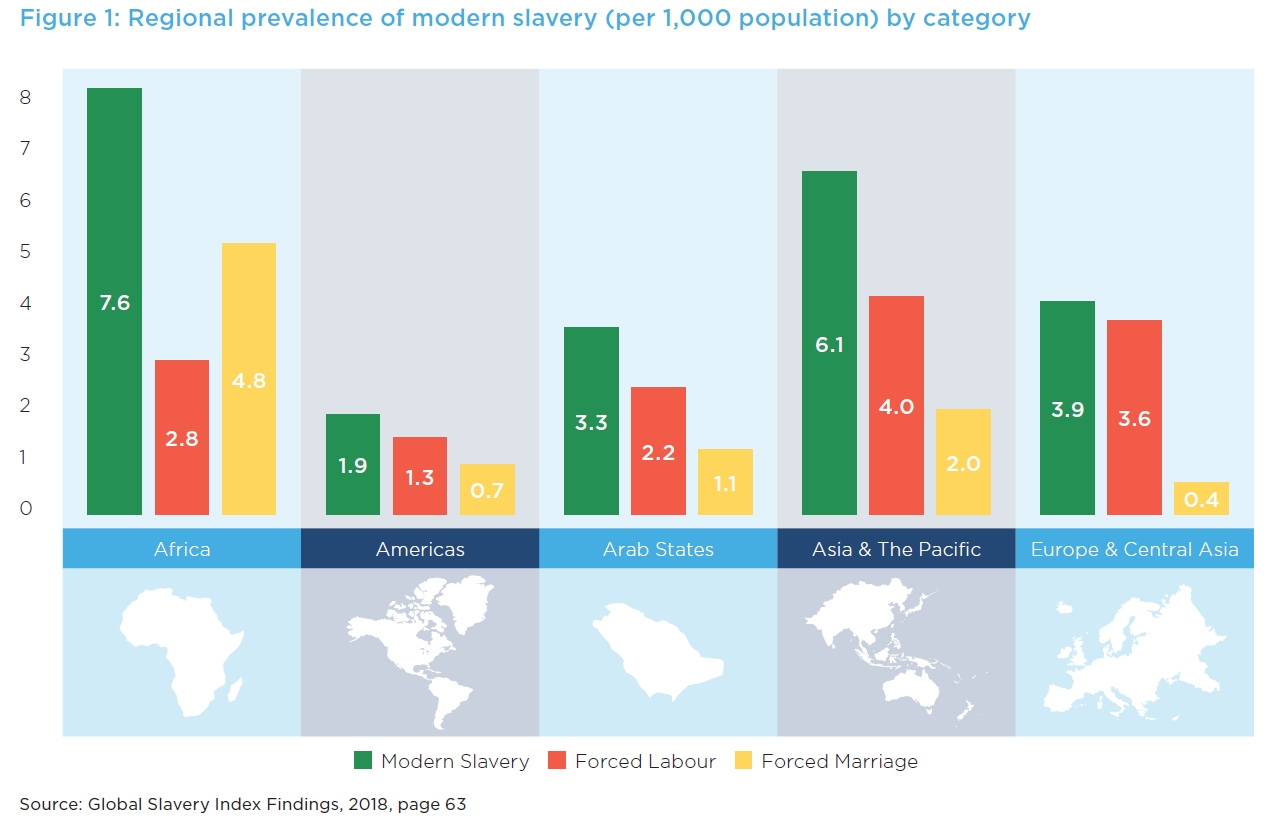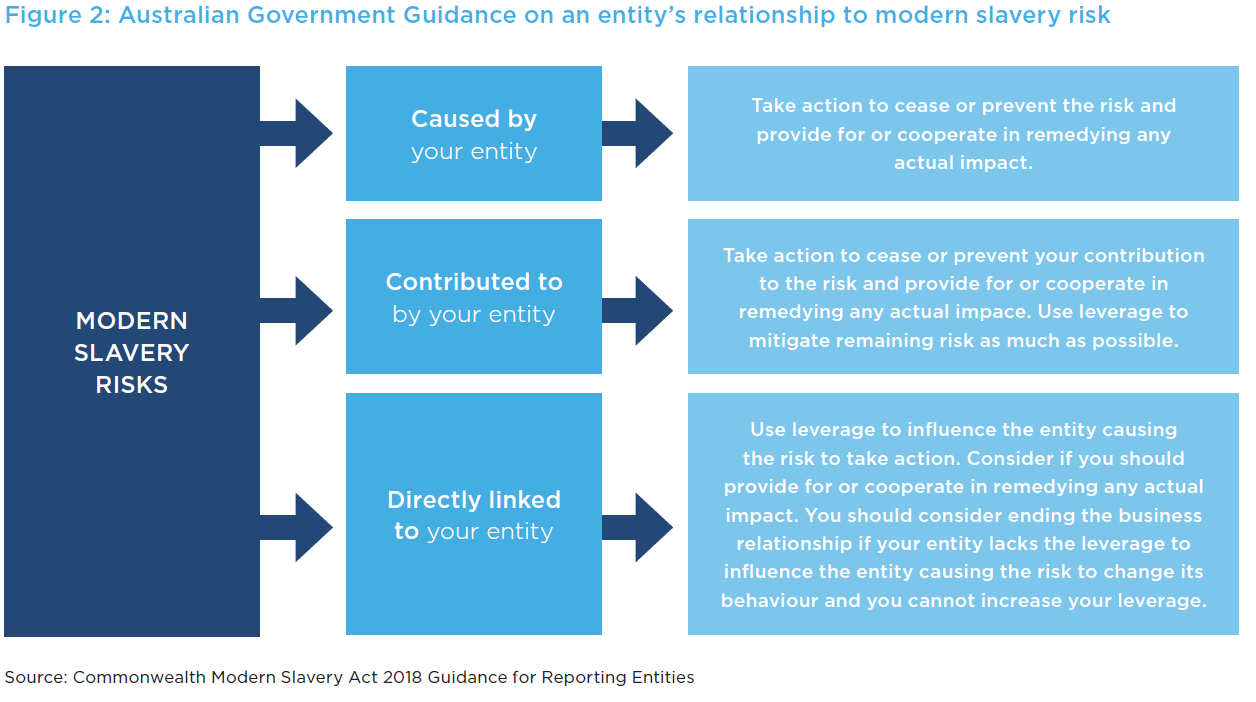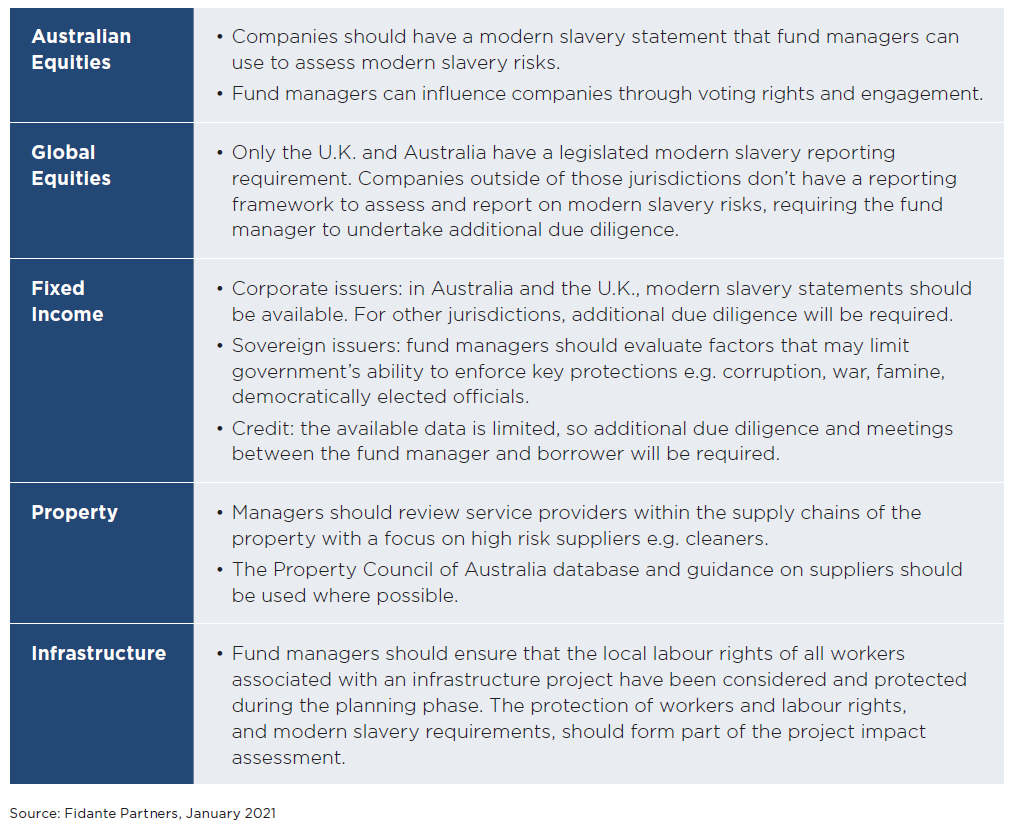Slavery: how to combat a modern problem

Charlotte O'Meara, ESG Specialist, Fidante Partners
It is a commonly held view that the signing of the Emancipation Proclamation in the 19th Century ended slavery, not only in the United States, but globally. Sadly, it has only evolved. Today there are more people enslaved across the world than at any other time in recorded history.
The idea that superannuation could be invested in companies that are associated with modern slavery is unconscionable to investors but how to avoid it is beyond the scope of expertise for many. To support financial advisers with these topical client discussions, this article explains what constitutes modern slavery; the impact on financial advisers; and key considerations for financial advisers when looking at their fund managers.
What is modern slavery?
When a power imbalance between an employer and an individual results in the loss of basic freedoms in their employment – it is known as modern slavery. In many cases, this comes from employers exploiting workers to the point where they cannot refuse or leave their employment because of threats, violence, coercion, abuse of power or deception. Forms of modern slavery include debt bondage, where a person is forced to work for free to pay off a debt, child slavery, forced marriage, domestic servitude, and forced labour1.
There are an estimated 40.3 million people living in modern slavery globally2. Fifty-eight per cent of people living in modern slavery live in one of five countries; India, China, Pakistan, Bangladesh and Uzbekistan3. However, it is important to note that instances of modern slavery are everywhere. Modern slavery is a widespread global issue with an estimated 403,000 modern slaves in the United States, 136,000 in the United Kingdom and 15,000 in Australia4.

Modern slavery in the Australian market
Modern slavery is a growing focus for regulators and investors. The Australian Modern Slavery Act came into effect in January 2019 and establishes a national modern slavery reporting requirement. This mandates companies with a consolidated revenue of at least $100 million to publish a modern slavery statement, detailing modern slavery risks in their supply chains and operations, and sharing actions taken to mitigate those risks. This includes an assessment of the modern slavery exposures within their investments. The concept of ‘risk’ in this context is quite different to other investment risks. When referring to modern slavery risk, this refers to the risk to people, rather than risk to the reporting or related entities themselves.
While some fund managers may not meet the revenue threshold of the Act, their investments may form part of another entity’s supply chain and operations, for example those of an Australian superannuation fund. In this case, fund managers are required to report to that entity on the modern slavery risks across their investment portfolios.
Consequently, most Australian fund managers have undertaken an assessment of modern slavery risk exposure across their investment portfolios. Some smaller fund managers, along with charities and not for profits, have also decided to voluntarily report, as the assessment of modern slavery risks across investment portfolios has become a minimum standard required by institutional investors and platforms.

The impact of modern slavery on financial advisers and their clients
Financial advisers are increasingly concerned about responsible investing and taking action on modern slavery. Although most financial advice practices fall below the consolidated revenue threshold for the Act, Australian consumers are seeking greater transparency of their investments than ever before.
Fifty-one per cent of Australians identify human rights as one of the top issues they want to avoid as part of their investments5. The introduction of the Australian Modern Slavery Act has increased the awareness and knowledge of Australian consumers on this issue.
The findings reflect the importance consumers place on ethical and responsible investing and the crucial role of advisers in ensuring that their clients’ values are considered when making investment decisions.
Modern slavery considerations for key asset classes
Many financial advice clients are already starting to ask about instances of modern slavery or child labour within their investments, and advisers need to be equipped to respond. It is important to understand the actions your fund managers are taking to address modern slavery risks across their portfolios.
Most fund managers across the market have been factoring human rights and child labour considerations into their ESG integration process for some time. While this has been a key aspect of the social component of ESG integration, the Modern Slavery Act provides a recognised framework for fund managers to formalise the investigation into human rights issues which they are already undertaking.
When an adviser is assessing a fund manager’s exposure to modern slavery risk, it is important to factor in the unique characteristics of different asset classes. This will help to gain a greater understanding of how fund managers assess the unique modern slavery risks for each asset class.

Five key actions your Fidante fund managers are taking to address modern slavery risks
At Fidante Partners we have worked with our boutique fund managers to support the elimination of modern slavery risk in their supply chain and operations and in their portfolios. One of the significant benefits of active management is that fund managers can deploy a risk management strategy with deeper analysis of the ESG risks and can engage directly with investee companies and issuers on how they manage human rights violations including modern slavery.
Below are five key actions we have taken to help our investment managers to work towards combating modern slavery:
- An assessment of modern slavery risk is included in the ESG integration process for all Fidante fund managers and their approach to modern slavery is documented in their ESG policies.
- Fund managers are engaging directly with their investee companies and issuers on modern slavery to gain an in depth understanding of modern slavery risks across the company’s supply chain and operations. Engagement on modern slavery risks forms part of the engagement strategy for all Fidante fund managers and is documented in their Engagement Policies.
- Challenger has established an internal modern slavery working group to assess the risks across our own supply chain and operations and to develop a roadmap of actions that demonstrates our commitment to human rights. The Fidante fund managers were included as part of this risk assessment. Details of the risk assessment and the roadmap can be found in the Challenger Modern Slavery Statement. Challenger have also signed on as an investor signatory to the Investors Against Slavery and Trafficking Initiative.
- The Financial Services Council (FSC) questionnaire was issued by Fidante to all fund managers to assess how modern slavery risks are integrated into the investment management process. Using the results of this questionnaire, Fidante performed a risk assessment across the investment portfolios to identify any exposures to high risk jurisdictions, sectors and industries using the top 50 regions in the Global Slavery Index and the high risk sectors outlined in the Australian Government Modern Slavery Guidance.
- Fidante fund managers have been able to access and engage with the broader industry on modern slavery through the Fidante ESG Specialist who participated in the FSC ESG Working Group. This group has developed materials to support the broader funds management industry to address modern slavery across investment portfolios.
Conclusion
If more investment professionals build a greater knowledge of the topic of Modern Slavery, there is a hope this in time will influence companies around the world to allocate capital not only in the most efficient way, but also in a way that protects the human rights of those most vulnerable.
By undertaking due diligence of fund managers, financial advisers can form a view of the level of modern slavery risks across an investment portfolio. This in turn can influence the allocators of capital. If we work together as an industry to assess the modern slavery risks across investment portfolios, and engage with issuers on this topic, we can go a long way to contributing to the fight against the modern and significant problem of slavery.
2 The Global Slavery Index, Walk Free Foundation, 2018. Figure is from 2016, the last accurate data on slavery globally.
3 The Global Slavery Index, Walk Free Foundation, 2016.
4 The Global Slavery Index, Walk Free Foundation, 2018.
5 Responsible Investment Association of Australasia (RIAA), From Values to Riches 2020: Charting consumer expectations and demand for responsible investing in Australia, 2020.
This material has been prepared by Fidante Partners Limited ABN 94 002 835 592 AFSL 234668 (Fidante) for wholesale investors only. It is general information only and is not intended to provide you with financial advice or take into account your objectives, financial situation or needs. To the extent permitted by law, no liability is accepted for any loss or damage as a result of any reliance on this information. The information in this material is not a recommendation, offer or solicitation to buy or sell any securities or to adopt any investment strategy. The opinions expressed may change as subsequent conditions vary.
